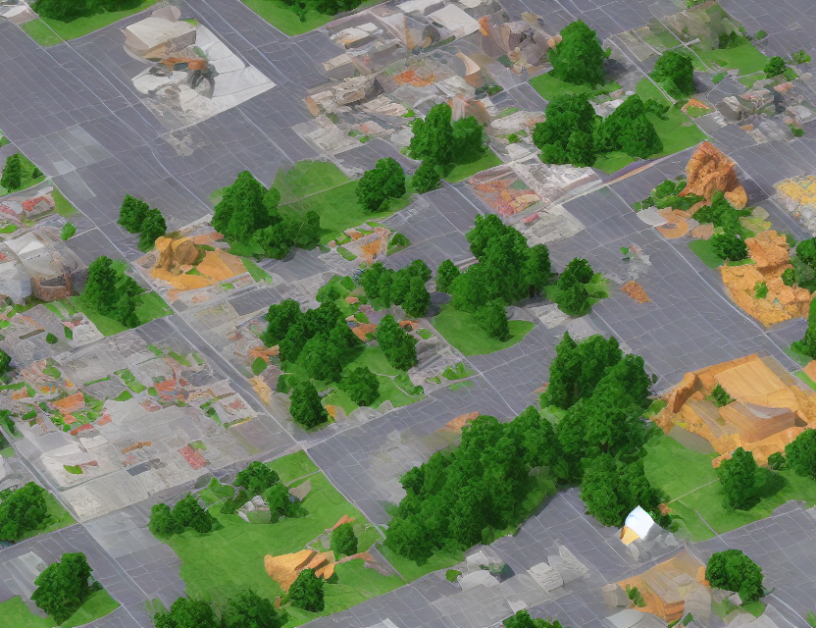In this article, we explore a new approach to object segmentation in computer vision called "Nerf-based editing." Nerf is a popular technique that allows us to represent 3D objects using a 2D image. By dialing up or down the brightness of different areas of the image, we can edit the 3D object’s shape and appearance. However, current methods for editing Nerf representations are limited, and new techniques are needed to improve their efficiency and accuracy.
The Problem
Current approaches to editing Nerf representations rely on simplistic distance metrics, such as Euclidean or cosine distances, which cannot fully exploit the information embedded in high-dimensional visual features. As a result, segmentation quality is limited, and coarse granularity is often observed. Moreover, these methods are not interactive, as they require multiple executions of the foundation model and volume rendering, which can be computationally expensive for complex scenes with many objects.
The Solution
Our proposed approach, called "Decomposing Nerf for Editing via Feature Field Dilation," addresses these limitations by introducing a new paradigm for object segmentation in computer vision. Instead of relying solely on Euclidean or cosine distances, we use a feature field dilation technique to extract and represent 3D features more effectively. This allows us to achieve higher-quality segmentation with fewer computational resources.
How It Works
Our approach consists of two stages: (1) feature extraction and (2) segmentation. In the first stage, we use a K-means algorithm to extract positive and negative queries from dense prompts, which are represented as 3D features. These queries are then used in the second stage to perform interactive segmentation.
In the second stage, we employ a simple click interface that allows users to select the desired object(s) for editing. By interactively manipulating the corresponding feature field dilation parameters, we can refine the segmentation results and achieve higher accuracy.
Advantages
Our proposed approach has several advantages over existing methods. Firstly, it is much faster due to its simple segmentation pipeline, which reduces computational overhead without sacrificing quality. Secondly, it provides more accurate segmentation results by exploiting the information embedded in high-dimensional visual features through feature field dilation. Finally, our approach is more interactive, allowing users to refine segmentation results through a simple click interface.
Conclusion
In summary, "Decomposing Nerf for Editing via Feature Field Dilation" is a novel approach to object segmentation in computer vision that addresses the limitations of current methods. By using feature field dilation and a simple click interface, we can achieve higher-quality segmentation with fewer computational resources. Our proposed method has significant potential in various applications, including robotics, autonomous driving, and virtual reality.



